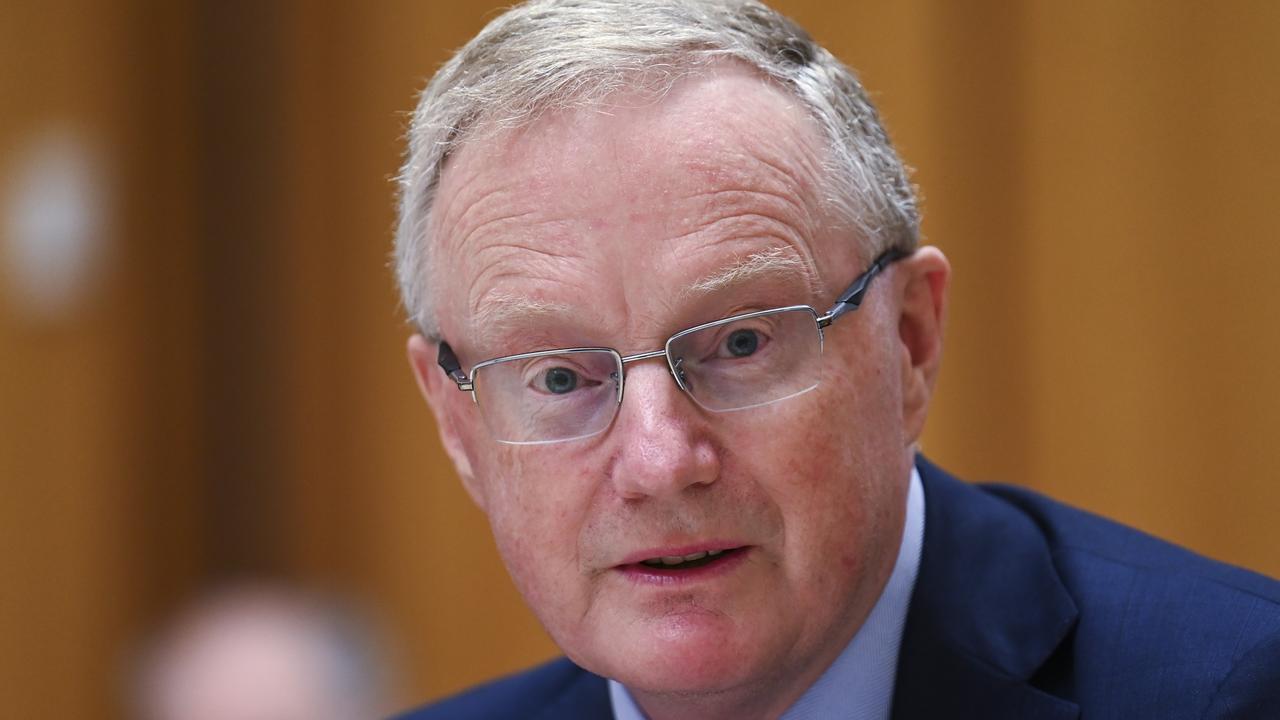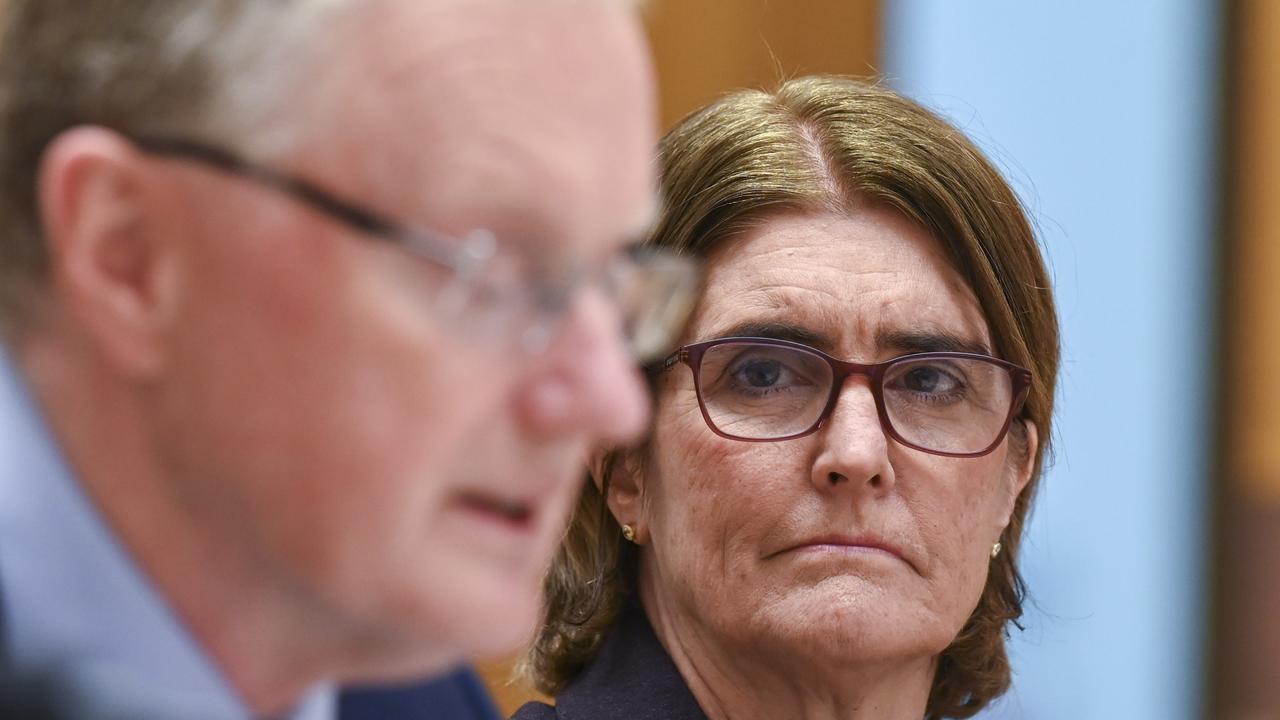Why the Reserve Bank kept rates on hold this month has been revealed
The RBA toyed with the idea of raising the cash rate again this month, before ultimately deciding to keep it steady.
Slowing economic growth helping to drive inflation down, and an acknowledgment that many households are struggling with “acute financial challenges” prompted the Reserve Bank to leave the cash rate steady this month.
Minutes from the RBA’s August meeting reveal the central bank considered the “broadly balanced” risks between slowing the economy even further, and allowing inflation to persist too high.
The RBA considered whether to leave rates steady at 4.10 per cent, or lift it by another 25 basis points to 4.35 per cent, but ultimately voted to leave the cash rate on hold after considering a scenario where inflation bucked forecasts to remain too high.
The cash rate has risen 400 basis points from 0.10 per cent last May, with the board routinely maintaining it is the best tool to return inflation back to the two-to-three per cent target.
Noting that the cash rate may still need to be hiked higher later in the year, the board this month adopted a wait-and-see approach after taking in various conditions – both globally and domestically.

In considering whether to raise the cash rate by 25 basis points, or keep it steady, the bank noted there was a possibility that inflation would not return to its target band by mid-2025.
“This could occur if services price inflation declines more slowly than forecast, the recovery in productivity growth incorporated into the forecasts does not eventuate or if wages growth is more responsive to the tight labour market than assumed,” the minutes reveal.
Alternatively, the board recognised that inflation could fall faster than forecast if the decline in real household disposable income over the last year “weighs more heavily on consumption”.
The case to raise the cash rate centred on the risk that “inflation might prove to be more persistent than currently forecast”.
“Members observed that, were this to occur, it would require the board to raise the cash rate by more than otherwise to get inflation back to target, making it very difficult to preserve the gains made in employment over prior years,” the board said.

“Raising the cash rate at this meeting would help to mitigate the risk of that undesirable scenario eventuating.”
“On the other hand, the arguments for keeping the cash rate unchanged at this meeting centred on the observation that the Board had already tightened monetary policy significantly, there were signs that this was working as intended and the Board had time to wait and see how the economy evolves. Members noted that the full effects of the earlier tightening were yet to be recorded in the data.”
“Members agreed that the argument to leave the cash rate unchanged at this meeting was the stronger one.”
While inflation is trending downwards, down to 5.4 per cent per cent in June, and 6 per cent for the June quarter, the board noted that services price inflation had failed to materially slow and items such as rent could rise further.
The board noted that around the world, core inflation remained well above central banks’ targets and was “proving to be persistent” and wages growth also remained above targets.
The bank also noted that central banks around the world had recognised that a slower growth in wages was “likely to be required” for core inflation to return to target, and wage growth forecasts domestically were steady.
The minutes, released at the same time as the quarterly wage price index figures, reveal that wages growth was expected to increase in the second half of the year because of “ongoing tightness in the labour market” as well as increases in award and minimum wages and developments in public sector wages.
However, the bank is not anticipating a “wage price spiral”, with forecasts predicated on labour productivity growth returning to its pre-pandemic level trend over coming years that the board noted would be needed for the expected growth in labour costs to “be consistent with the inflation target”.
Read related topics:Reserve Bank



